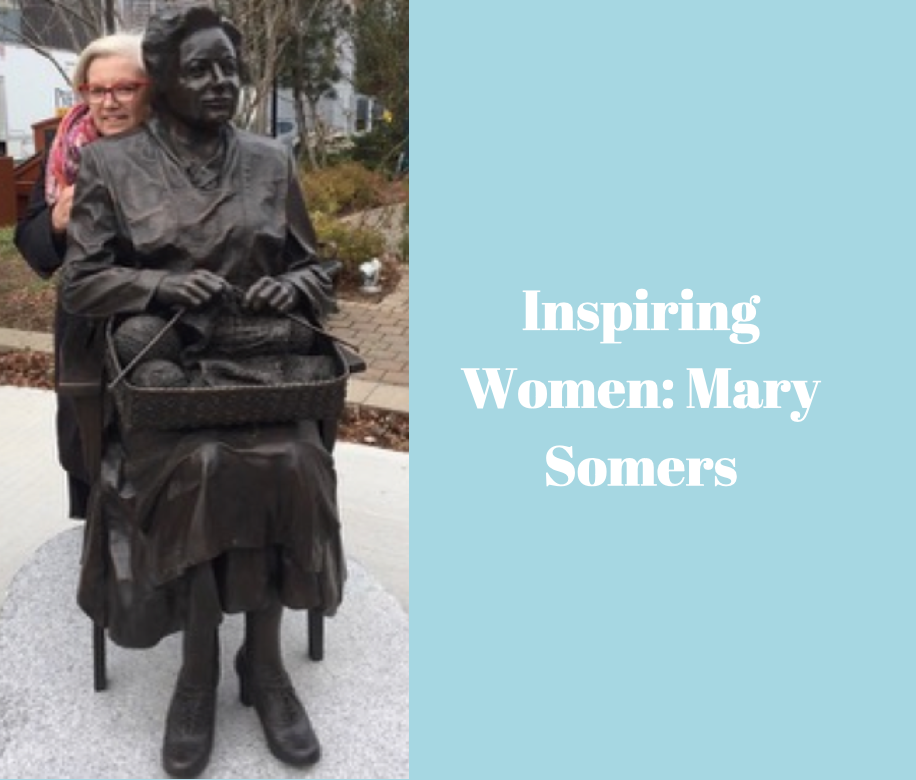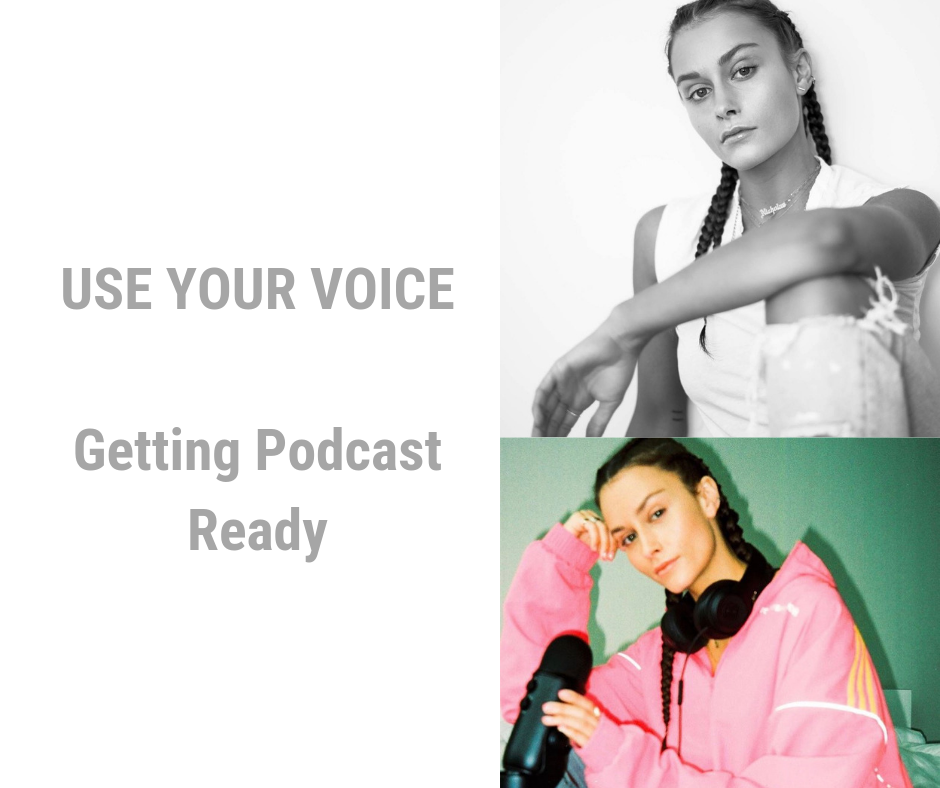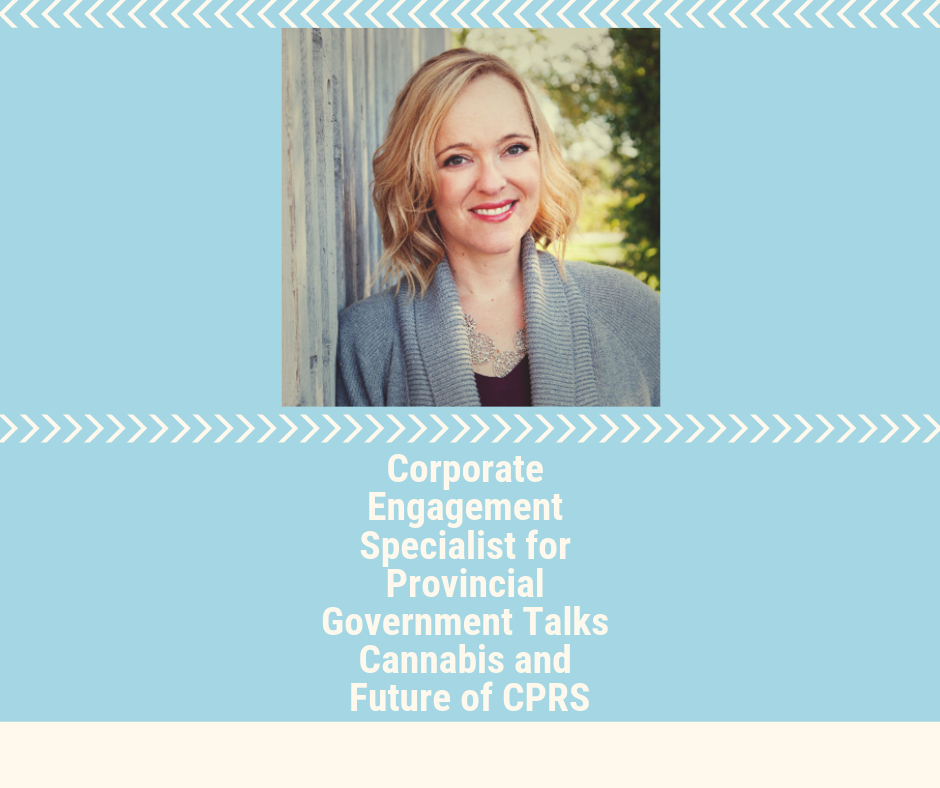
A community leader, part-time teacher at Mount Saint Vincent University (MSVU) and a titan for the advancement of public relations; Mary Somers has lived a life driven by her ambitions and willingness to work hard. Mary has been in the public relations industry for more than 30 years, serving in multiple capacities. She also participated in multiple community-oriented projects in her lifetime.
Mary currently holds a bachelor’s degree in journalism from Ryerson University in Toronto, a master’s degree in public administration (MPA) and an accreditation in public relations from the Canadian Public Relations Society. Mary has an extensive background in journalism but also advocates for the teaching of public relations and its implications within all organizations. Immediately after graduating university, she worked at Canadian Press, a wire service that fed news stories into a large database for local newspapers to pick up. This entry level position was common for freshly graduated journalists. Mary soon began rising in rank as she started working for the Ontario legislature covering more political stories as a public reporter. She highlights one of her most memorable moments as a political reporter when she interviewed Pierre Elliot Trudeau, 15thPrime Minister of Canada.
She also worked for CBC National radio which lead to a major opportunity. She credits this experience as being riveting, inspirational and one of the best experiences in her life. Mary was approached and offered the opportunity to work for the Northern Native Broadcast Access Program (NNBAP) now called the Northern Aboriginal Broadcasting-Aboriginal Peoples’ Program. The job meant that she had to move to Northern Canada to teach journalism and radio to Aboriginal Peoples. The objective of the program was to broaden the isolated outlets and create a network of Indigenous journalists in Northern Ontario, Labrador and Moncton. They broadcasted in three main languages – English, Cree and Inuktitut, working with three main groups: Inuit, Cree & Ojibwe. She said working with these groups in the North was an amazing experience and she learned that these languages were in danger of becoming extinct. With the support of the community and federal government, Mary worked hard to preserve these native languages. After her time at NNBAP, Mary began working at Dalhousie University first, as an editor for their campus newspaper for eight years, and then worked in issues and crisis management for 13 years.
Working at Dalhousie was where Mary accidentally stumbled upon the field of public relations. She figuratively compared working in the issues and crisis management department to the story of Chicken Little. Although she isn’t running around the campus repeatedly exclaiming that: “The sky is falling!”, she quickly became the advisor to senior management, offering them the implications of their decisions to the university’s various publics. She conducted qualitative and quantitative research while occupying this position. The most challenging part of her job was trying to provide results for a demanding board. She describes public relations as a slow burning flame and explains that it takes time to produce quality results that satisfy the needs of management when working with the public. She noted that, public relations and marketing are usually grouped together as synonymous functions of management. Mary discourages the grouping of the two, explaining that public relations acts as the conscience of the organization, outlines implications of business decisions and shares relevant messages to the public. While marketing advertises, provides instant results based on sales and tries to convince customers that they need something. Working at Dalhousie showed her the implications and structure of public relations that she would later impart to her students at MSVU, for 10 years.
Although Mary has recently retired this year, she has left a legacy behind; rich knowledge and a trail of appreciative students for her work as an educator. Students have been so moved by her teaching that they have written personal notes thanking her for her unique teaching style, genuine personality, a great class presence and vast knowledge of public relations. Mary enjoyed teaching and loved her students for the knowledge they left with her and the energy they gave her.
Ultimately, Mary is a women motivated by the public. She advocates for them, helps them and communicates with them. In 2017, Mary functioned as the communications director for an initiative to erect the first statues of women in Halifax called: the volunteers. Three statues of female volunteers for soldiers during the Second World War: An African Nova Scotian canteen worker, a young girl with a wagon of salvage and an older woman holding her knitting in a Mi’kmaq basket. The statues were a symbol of inclusiveness and a tribute to women in Halifax for their service years ago. At the waterfront, you can now see these beautiful statues that are a part of Mary’s work for her community. She cannot point out one specific aspect of her career that she loved exclusively, but rather highlights her service as a part-time teacher at the Mount, her participation in the NNBAP and her job at Dalhousie for all the knowledge she has accumulated over her years of life. She points out that as teachers and students, you receive as much reward as the effort you put in. She also places great emphasis on the two-way communication model proposed by James Grunig as a key component to public relations. She appreciates his research and believes that as a society, we should look at his model and consider its implications not only within organizations, but our personal lives. Mary is a woman with pure ideals, strong convictions and a determination to serve others through effective communicative roles.
__
Brian Rolle – MSVU Student

The world of podcasting is taking society by storm with over 10 million Canadian listeners yearly. This trendy and convenient forum allows listeners to choose topics that pique their interests from news and comedy, to health, fashion and even dating advice. Podcasts allow people to listen and learn on the go.
Local podcaster, entrepreneur and motivator, Taye Landry, uses her platform to empower men and women to speak their truth. Use Your Voicewas inspired by Taye’s drive to share her story, unite community, and empower others. Taye focuses on topics including self-love, leadership and empowerment with the goal to “instill belief, confidence, courage and bravery into your journey”.
Podcasts are an excellent tool for public relations practitioners to build meaningful relationships and grow their brand. Taye, who describes her podcasts as “a platform for real conversations,” takes us on a journey through the steps to consider when establishing a podcast, consider:
Figuring out the what and who.
To start, identify your niche, determine your target audience and pick your key message. After you have recognized the important aspects of your podcast, decided on a name and created your cover art, it is then time to create your episodes. To be cohesive, create an intro that describes the overall theme of your podcast. It is important to have an idea of the topic you wish to discuss.
Regardless of the message, Taye believes it is crucial for a podcast to be authentic. In Public Relations, it is important for organizations to be transparent with their audience; podcasts are another opportunity to be open and honest with listeners. Taye ads that the best podcasters don’t do it for validation. “Believe in what you are advocating and be true to your brand, your mission and your goal” she says, “podcasts are a great vessel and way to build your brand, and in turn will financially reward you”.
Those financial rewards often come with the attention of sponsors and advertisers. According to the latest Global Entertainment & Media Outlookby PwC, “…podcasting revenues are projected to grow at a nearly 30 percent annual rate between 2018 and 2022.”
How long and how often?
As we’ve just heard, time really ismoney. Most podcasts are between 30 and 60 minutes and, according to PwC, most listeners tune in to 85 to 90 percent of each podcast. This timeframe is the sweet spot. “Consistency is really important” says Taye. “Being able to deliver episodes to your audience on a regular basis – weekly, for example – is key.” In other words, set a schedule and stick to it.
Getting technical on resourcing
According to Taye, three pieces of equipment are essential when starting a podcast: a microphone, sound-cancelling headphones and a computer. Additionally, rookie podcasters will need to consider finances – the costs associated with purchasing materials, software and potential fees for digital apps.When uploading audio to a social forum, such as iTunes or Spotify, Taye suggests using Libsyn, a monthly subscription site. “It offers everything you need to know to create the best podcast possible,” she says. Once you have published your podcast, it is important to ask and listen to feedback. Identify listeners’ interests and preferences, and adapt accordingly.
In the Booth
When it comes to recording, the most important thing to remember is be simple, according to Taye. The only noise should be your voice. She suggests using a soundproof room to avoid echoing and potential distractions – including cell phones. The best kind of distraction – a guest on your podcast – may be a welcome addition to the show. “If you’re planning to have guest speakers, sites like Zencastr are really helpful” she says, it allows for quality remote interviews where “the guest simply clicks on a link and speaks through their computer.”
Editing and Authenticity
Taye believes authenticity is vital to long-term success as a podcaster. If you’re wondering how to keep it real, Taye keeps it simple: “I perform minimal editing.” Still, Taye does use GarageBand, an editing software platform, to combine her podcast audio with her standard intro before going live.
Podcasts are an incredible tool for organizational development and relationship growth, inviting listeners to a conversation and adding depth to a brand. “It gives platforms like social media a voice,” she says, noting the limitations of text and photos. The final step is to publish and share your work. Social media is a fantastic tool for promotion, so utilize it.
I encourage you all to check out Taye’s Use Your Voiceon iTunes for some inspiration.
Happy podcasting!
—
Quinn Densmore – MSVU Student

Terri Mosher is a graduate of Mount Saint Vincent University’s Bachelor of Public Relations program. Back in high school, Mosher was always a leader. She would help plan school events and was often referred to as a ‘people person.’ When she first heard of public relationsas a career option, she thought, “opportunities for creativity? Great! No math? Great! Emerging field? Exciting!” She only had one misconception- writing expectations. When Mosher heard about the extent of writing she would have to do to be a public relations professional, she was worried. Once she got to Mount Saint Vincent University (MSVU), she realized that PR writing was informative and concise- something she was competent at. She was hired straight out of her co-op work term by the Nova Scotia Liquor Corporation (NSLC).
From here, Mosher was surrounded by like-minded individuals who provided her with mentorship. Someone that stood out in the career as a mentor was Sherry Donovan. She had taught Mosher at the Mount, and then was her boss during her second co-op with the PR program. She has remained friends with Donovan for years. This was not the only person who inspired and motivated Mosher, she said there are many people who have mentored her in all aspects of life. “You can draw information and knowledge from outside of the PR field,” Mosher added.
When Mosher joined the Canadian Public Relations Society Nova Scotia Chapterin 2017, she took on the role as director of leadership development. After one year in that role, she was offered an opportunity to become the president of the board- an opportunity that she gladly took. In February of 2018, she unofficially took on the responsibilities. She was deemed the official president in May of 2018, and appointment of the role will be reconsidered in May of 2019 during their Annual General Meeting.
As for the future of public relations in Nova Scotia, and in general, Mosher sees a lot of more internal communications roles as well as hybrid roles being available. She also suggested that the other Atlantic provinces will hopefully amalgamate with the Nova Scotia Chapter of CPRS. This would broaden and strengthen the goals and standards of public relations across provincial borders. Mosher spoke about the importance of technology in current PR practice as “social media has changed the landscape with instantaneous information at our fingertips.”
After working for the NSLC for over twelve years, Mosher became a corporate engagement specialist for the provincial government of Nova Scotia. She worked at the NSLC up until the legalization of cannabis. Despite her lack of experience in the commercialized cannabis world, she does have some educated opinions on it. “Personally, I think that it [legalized cannabis] is great, and timely. A lot of people my age, who are working young professionals, partake and abide by the law,” implied Mosher. She also explained that the government is smart to regulate cannabis products, educate citizens, and abolish stigma. Mosher mentioned that there is no more research disputing cannabis legalization than the legalization of alcohol. Mosher continued by noting that, “all opinions are valid” and “I have an open-mind.”
At the Public Service Commission, where Mosher works now, she spoke highly of the importance of diversifying the workforce, especially in the government. Mosher emphasized that“diversity in the provincial government must happen. It should be a priority as well as something that people who do the hiring should be accountable for.” She also mentioned that a huge part of her job is working towards a more inclusive culture, and that challenging the traditional status quo is a fantastic way to advance experience and expertise in any workplace.
When asked about how she balances life and work, Mosher admitted that it takes a lot of organization. Between her job as a mother and her career as a PR professional, Mosher says that the two are both challenging and rewarding. Despite the extra work it may include, and the sometimes-overwhelming stress she withstands, she says it is worth it. She believes in expending energy on things that count and create movement. By making lists for everything and systemizing priorities, she manages to find balance. Through delegation of jobs, and time management, she achieves her personal and professional goals.
Advice that Mosher offers to have a successful career in not only public relations but any field, is to be empathetic. “Mastering empathy, and knowing the thoughts, feelings, and worth of people around you are essential to successful communication,” promised Mosher.
—
Jesse Murray – MSVU Student
